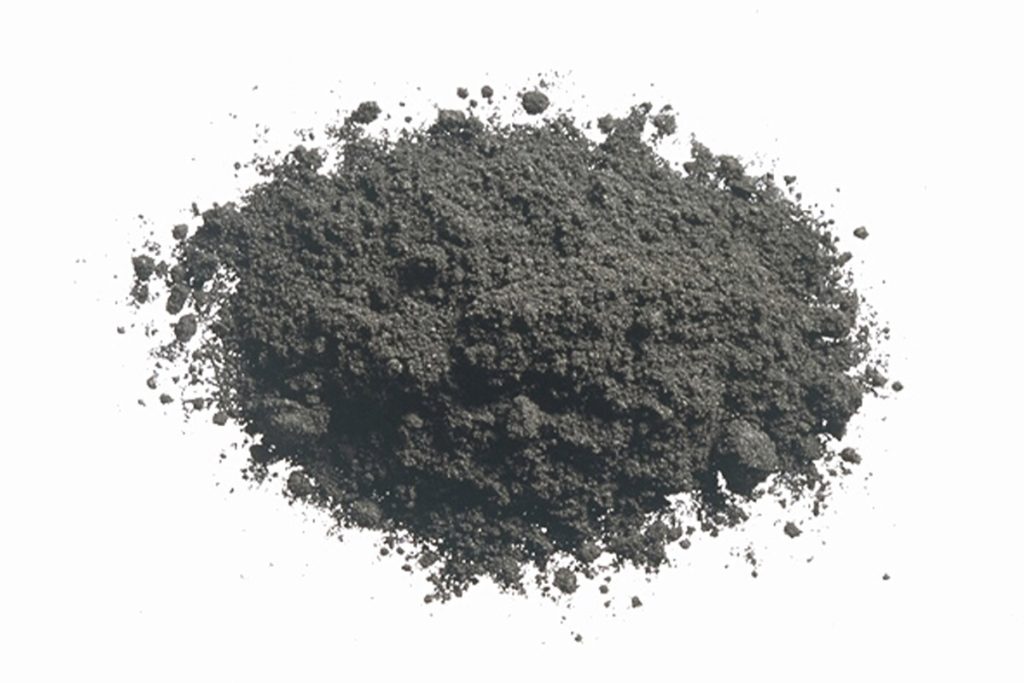Current status of steel slag fine grinding equipment and steel slag processing technology

The necessity of fine grinding of steel slag
(1) More metallic iron can be recovered from steel slag.
Steel slag contains about 7% to 10% scrap steel. The structure of steel slag is complex. It is a combination of slag and iron, which are mixed and wrapped with each other. Under the premise of ensuring the grade of magnetically separated slag steel (slag steel particles), the steel slag is crushed to -75mm and then magnetically separated. There is still about 4% to 6% metallic iron in the tailings; after it is crushed to -35mm, the tailings are magnetically separated. There is about 3% to 5% metallic iron in the slag; when it is crushed to -10mm and then magnetically separated, the remaining metallic iron content in the tailings can be reduced to about 1%; and when the steel slag is crushed to -5mm and then magnetically separated, the remaining metallic iron content in the tailings will The metallic iron content can be reduced to less than 1%.
(2) Fine crushing facilitates subsequent processing.
Most of the subsequent processing of steel slag requires grinding to further separate the scrap steel and tailings. Grinding theory and practice show that the unit energy consumption required for material crushing has a very small change rate as the crushing particle size decreases, while the unit energy consumption required for material grinding increases sharply as the grinding particle size decreases, and this change rate increases with the decrease of the grinding particle size. The grinding particle size decreases more and more.
(3) It can reduce grinding costs.
If the steel slag is not finely crushed to a certain particle size, its iron content will be high, which will affect the output of the mill, increase the energy consumption of the mill, shorten the life of the grinding body and lining plate, and increase the cost. Steel slag raw materials need to be pre-crushed to less than 10mm before grinding.
Characteristics and applicability analysis of steel slag fine crushing equipment
1 jaw crusher
The jaw crusher adopts the principle of four-bar mechanism, using the connecting rod as the movable jaw. The connecting rod swings back and forth periodically with the rotation of the crank, and uses crushing and bending methods to crush the materials. Jaw crusher is mainly used for coarse and medium crushing of various materials in mining, highway and chemical industries. It is not suitable for fine crushing work.
2 roller crusher
The roller crusher has two oppositely rotating rollers installed in parallel on a horizontal axis. The bearing of one roller is fixed and the bearing of the other roller is movable. The movable roller device has a spring to protect the machine. The crushing roller is composed of a shaft, a hub and a roller skin. Use a roller crusher to crush steel slag to -10mm, but the roller crusher is not suitable for fine crushing of steel slag.
3 hammer crusher
The hammer crusher uses the impact of the high-speed rotating hammer head to crush. When working, the hinged hammer head rotates at high speed to strike the large pieces of materials fed in and throw them to the crushing plate on the inner wall of the machine. After further impact and crushing on the crushing plate, the materials fall to the grid screen below. Products with qualified particle size are discharged from the gaps in the screen bars. Due to the hardness of steel slag, a pair of hammer heads only lasts 8 hours. Even if the hammer heads are welded with carbide, they can no longer be used after 20 days of operation. High chromium hammers, ultra-high manganese hammers, etc. made of different materials are not durable and suffer from serious wear. After repeated analysis and comparison, it was deemed that it is not suitable for crushing steel slag.
4 Impact Crusher and Vertical Impact Crusher
The working principle of impact crusher and vertical impact crusher is similar to that of hammer crusher. They are both rotary impact crushers, which cause the material blocks to undergo the impact of the impact plate and impact plate in the crushing cavity to produce crushing effect. Its structure and working principle make the impact plate the most easily worn working part, which is much more serious than other crushers. In addition, its installed power is relatively large, so the impact crusher is not suitable for fine crushing of steel slag.
5 Hydraulic cone crusher
The working part of the hydraulic cone crusher consists of a moving cone and a fixed cone. Under the action of the eccentric bushing, the movable cone moves along the periphery of the fixed cone in the crushing cavity. When the movable cone is close to the fixed cone, it is crushed, and the opposite side is discharged. In this way, the crushing and discharge work are carried out continuously. Since its transmission mechanism is rigid, a hydraulic device with certain protection is designed.
6 rod mill
The cylinder of the rod mill is equipped with an appropriate grinding medium steel rod. By driving the cylinder to rotate, the steel rod is lifted to a certain height and then dropped under the action of centrifugal force and friction. The steel rod hits the ground with great impact force. Smash the coarse-grained materials in the cylinder to break some materials.
